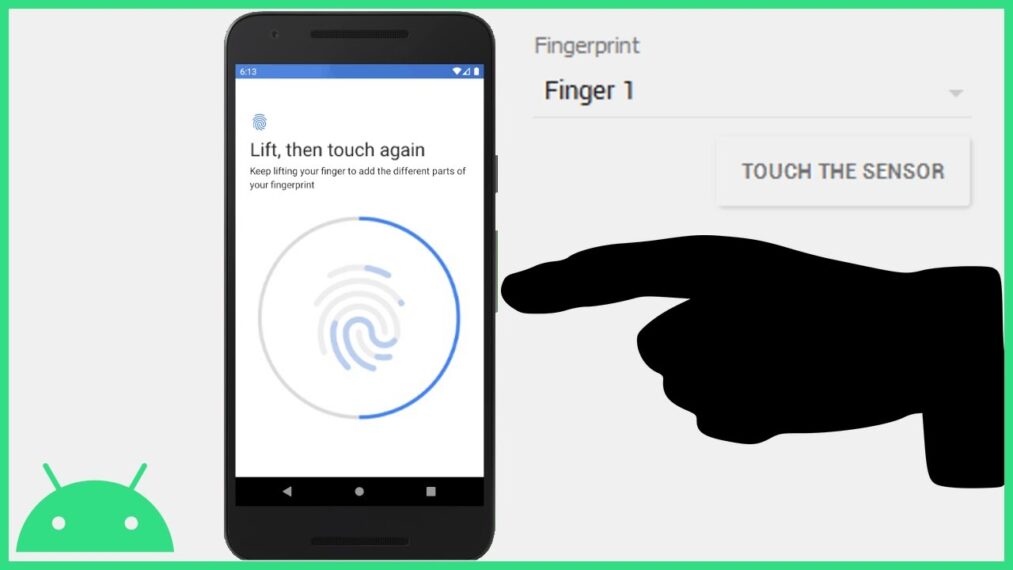Even the best Android smartphones and tablets, like any other computing device, slow down with use and age, But don’t despair: there are 20 things you can do to speed up and lifespan of your Android device.
1. Check For Software Updates That Are Pending
While recent software upgrades may not always increase the performance of your Android smartphone, manufacturers regularly optimise and fine-tune their software over time. A few bug fixes and security patches should also contribute to a better overall experience.. The same can say to be about Google Play Services, which is responsible for many modern Android features and receive its upgrades through the Play Store.
Most Android smartphones check for updates regularly, but only in specified situations. For that purpose, it is essential that we can manually verify if any updates are there. To check for updates, go to Settings > About Device > Software Update and select Check for updates.
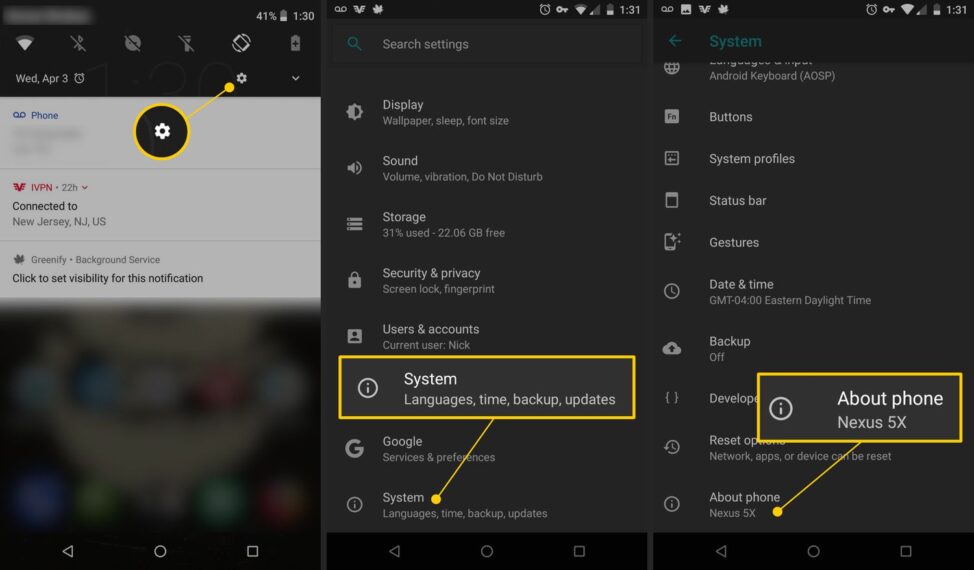
2. Make Storage Space Free
Things will come to a crawl if your phone runs out of storage space. When you have less than 10% of accessible on-device storage, Google thinks you’ll notice performance concerns; I believe keeping your unused storage space around 20% is a better option.
Here’s how to clean up the mess.:
I) Launch the Settings application.
ii) Search for “storage” in the Settings search box or tap Storage.
iii) You can free up storage space by following these procedures if your available storage space is less than 80%.

3. Uninstall Any Apps That Are No Longer In Use
Unused apps not only take up valuable storage space, but also operate in the background. Old apps can be uninstalled to improve system speed and extend battery life. You may remove apps in various methods, but the most common is to long-press the app icon and select App details or drag the icon to the uninstall prompt at the top of the screen.
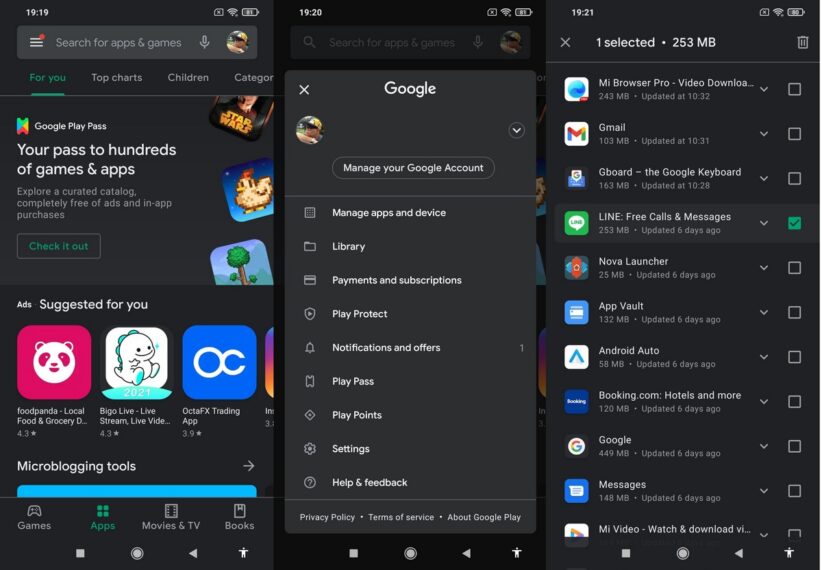
4. For Each App, Clear The Cache
If you’ve observed that some apps on your phone operate worse than others, this tip may be helpful. Whenever we will move to any website or page, web browsers and different general apps tend to accumulate knowledge (cache). This may build up over time and down the app’s performance. You can fix this by either clearing the app’s cache or totally reinstalling it. We recommend the previous because it leaves your logins, history, and settings intact. Tap and hold the app’s icon on your home screen till a menu appears. To clear the cache, navigate to App Info > Storage > Clear Cache.

5. Restart Your Phone
A simple yet effective technique to enhance performance is to restart your phone. Even though Android’s memory management mechanism is suitable and most phones have plenty of RAM, a reboot can free up resources that are used to run background apps. Restarting your phone at least once a week is a good idea; if it becomes slow in between reboots, increase the frequency to every other day.
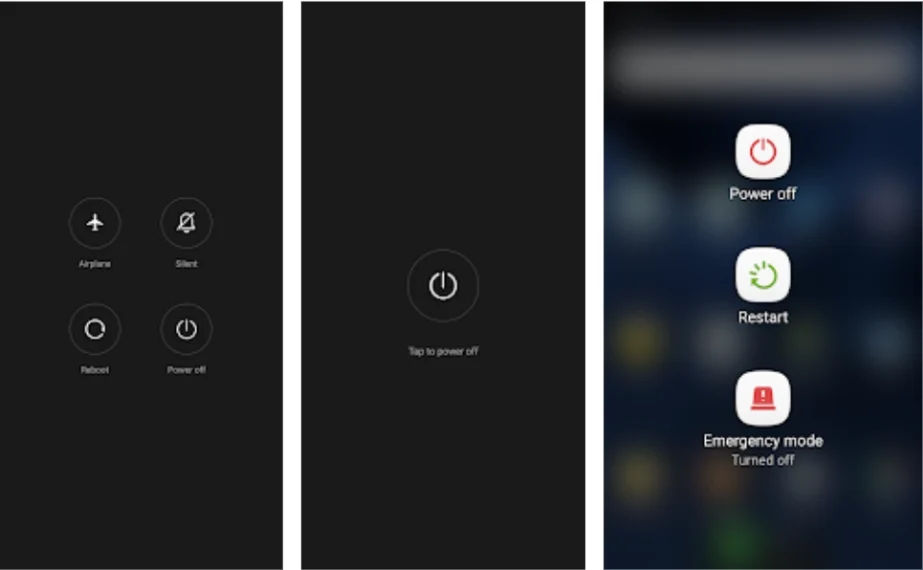
6. Use Apps With The Lite Version
Google and many other developers make Lite or Go editions of their apps for older Android devices with limited RAM and storage. Lite edition apps are more minor resource-intensive versions of their full-featured counterparts.
Several Google products, including Google Go, Camera Go, Assistant Go, and Maps Go, are available in Lite versions. On the Play Store, you’ll also find Lite versions of many apps like Twitter, Spotify, Skype, Facebook and Instagram.
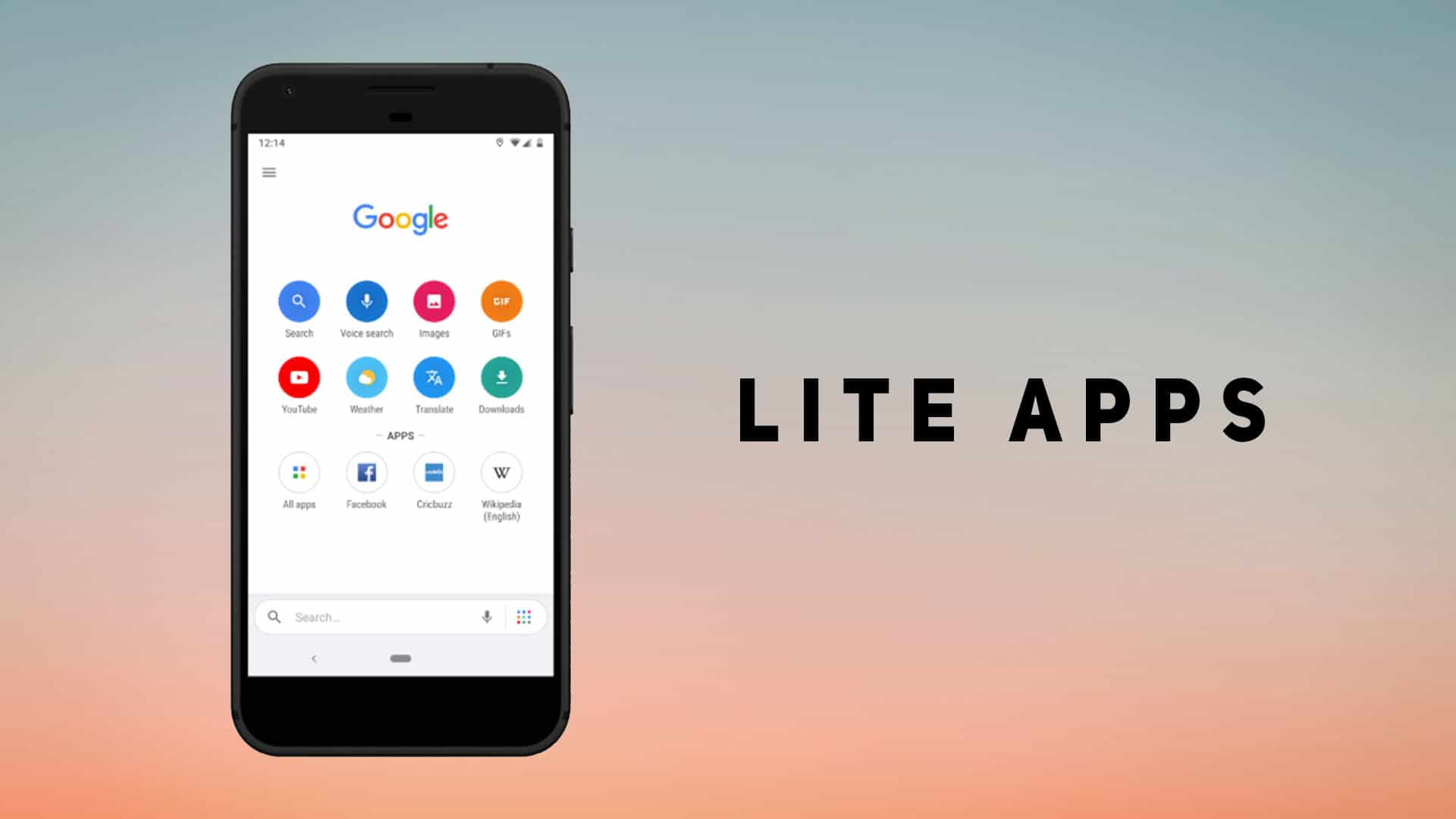
7. Install The Most Recent Software
Make sure your phone is up to date with the newest software or security patches. With each successive version, Google improves Android. Upgrading to the latest version of Android can help your device free up system resources, resulting in faster app loading times and more excellent system smoothness.
From the early days of Android, all significant phone makers have gone a long way and now release frequent software upgrades for their devices. The best thing is that with practically every update, these manufacturers aim to improve system performance and smoothness depending on user feedback.

8. Delete Old Chats And Media You’Ve Downloaded.
As mentioned in the 4th point, with enough time and use, an app on your smartphone can get quite fat. This is also true for chat apps. WhatsApp, for example, saves not only downloaded data but also the complete chat database to your local storage. On slower devices, this can be a significant issue, especially if you’ve amassed tens of thousands of messages over time. Fixing this issue is time-consuming. Every several weeks, you’ll have to manually delete unnecessary chats. Don’t forget to remove any media files as well. This can help your Android device run more quickly.

9. Make A Factory Reset
If the other suggestions on this list haven’t worked, a factory reset may be able to restore your smartphone to its former glory. A factory reset resets your device’s software to its default condition. While reinstalling all of your apps is an inconvenience, it can help your Android device run faster.
Go to Settings > System > Reset options > Factory reset to factory reset your Android device.

10. Change System Animation Speed
Changing the system animation speed on your Android phone will not speed it up natively, but it will give the impression that it is. By increasing the animation scale, graphics will finish faster, giving the impression of enhanced system speed.

11. Clean Up Your Home Screen
Live wallpaper on your home screen looks nice, but it adds to the burden on your smartphone and slows it down. Replace your live wallpaper with a static image and delete all unused icons. The less clutter on your home screen, the better your smartphone will run.

12. Install Apps Only From Trusted Sources
Many Android apps appear to be helpful, but they are scams and designed to take control of your smartphone and steal sensitive information. As a result, only install software from recognized and trusted sources such as Google Play Store.
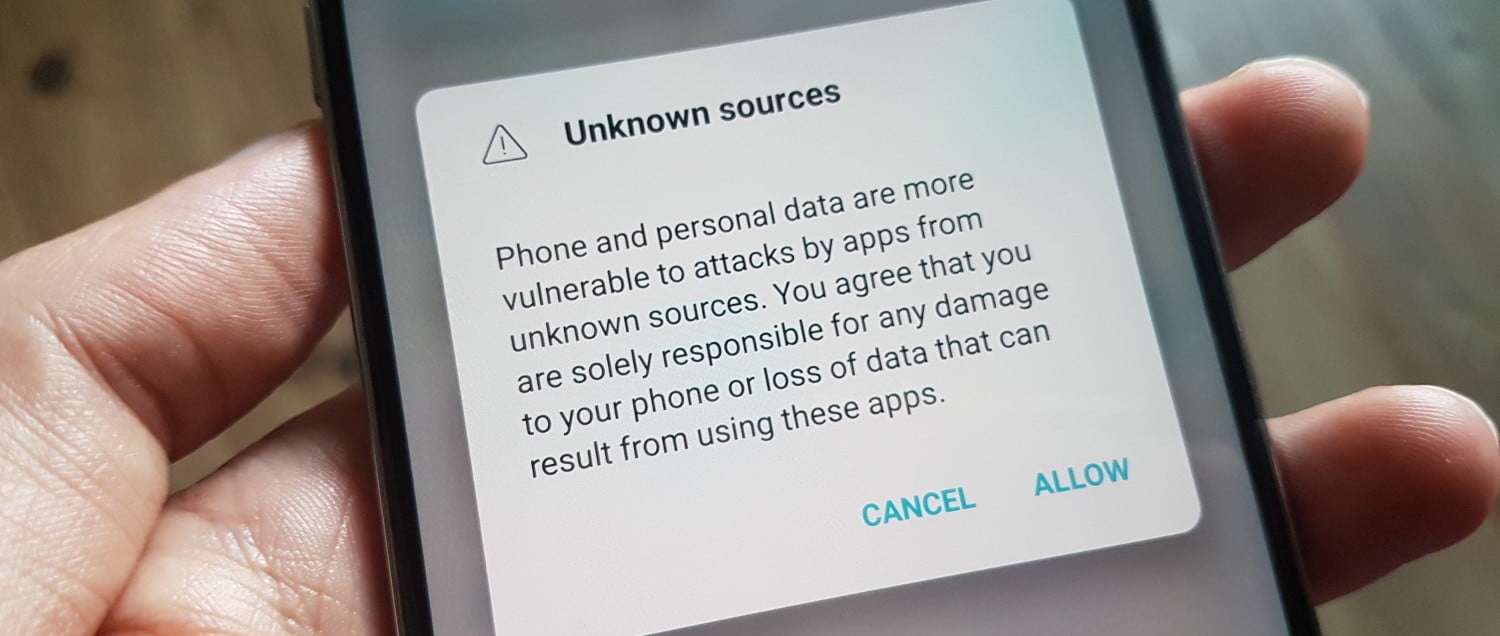
13. Install Your Own Rom
While rooting your Android phone won’t constantly improve its performance, custom ROMs can. You may also get custom ROMs that are entirely free of bloatware and offer a wide range of exciting customizations and adjustments. Do some research to find the best custom ROM for your needs.
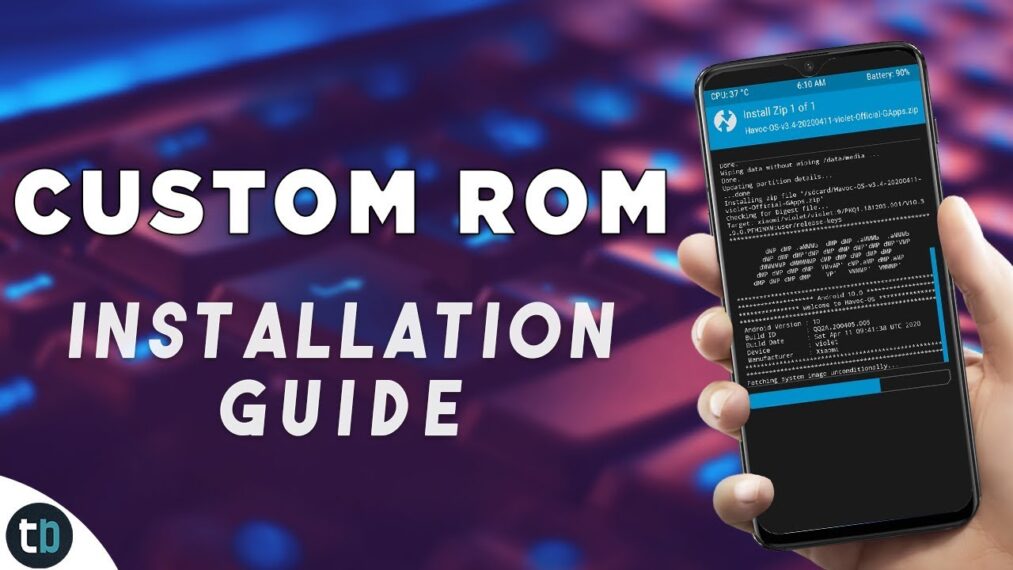
14. Use Web Apps If Possible
Web apps are enhanced web pages with additional functionality that you may access using web browsers such as Google Chrome. When you first open a web app, you’ll be reminded to save it to your home screen. Check out the PWAs supplied by Starbucks, Twitter, and Uber if you need some ideas.
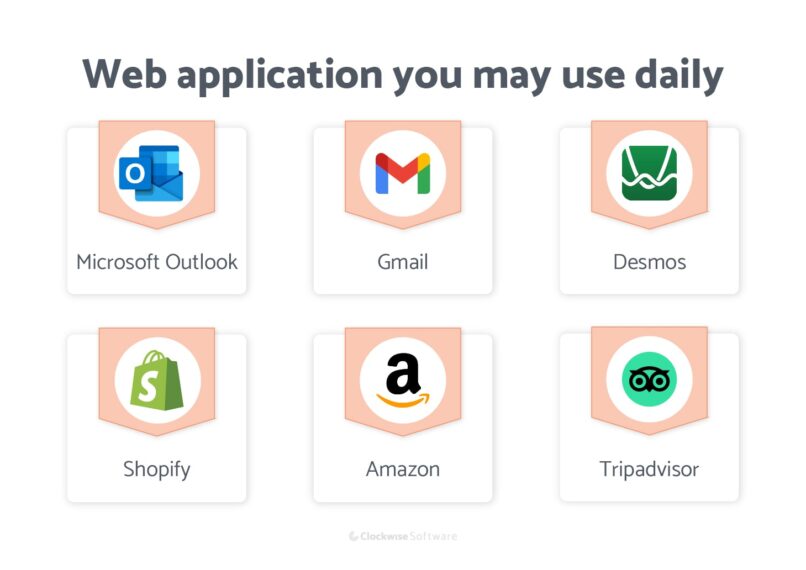
15. Disable Google Assistant’s Hands-Free Mode
When you need to look something up quickly, the Google Assistant can come in helpful. However, the service consumes a significant part of your device’s performance budget. To disable Google assistant, Go into the Google app and tap on your profile photo to turn off hands-free Assistants. Next, go to Google Assistant > Settings > Hello, Google, and please disable Voice Match.
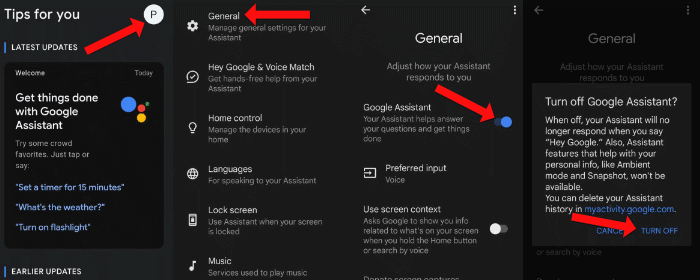
16. Stop Apps From Updating Themselves
Heavy background processes can potentially slow down your smartphone if it doesn’t have much processing space. It includes an automatic app and game updates from the Google Play Store, enter the Play Store, touch on your profile image in the top-right corner, and select Network Preferences to disable app updates. Finally, change the Auto-update setting to “Don’t auto-update apps.”
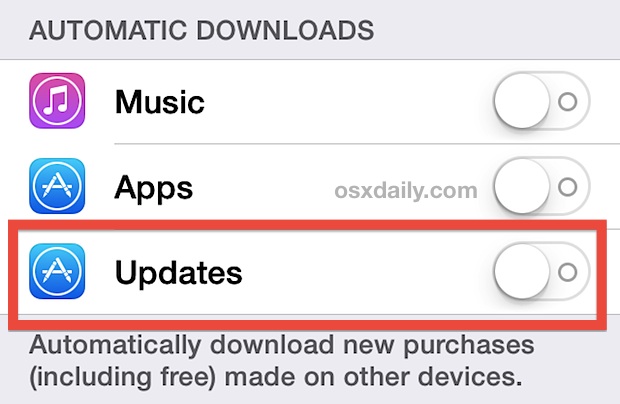
17. Ignore Anti-Virus And Task Killer Apps
While installing a background task-killing tool to free up system resources may be tempting, it may potentially cause more harm than good. This is because Android is already capable of hibernating apps that haven’t been used for a long time. So try to ignore these apps.

18. Suspend Unused Permissions
If you don’t want to uninstall or disable an app but still want it to use as few resources as possible, consider removing its permissions. The physical activity permission, in particular, can have a huge impact on how well your smartphone works.

19. Disable Any Pre-Installed Software
While most manufacturers prevent you from removing some apps, you can still stop them – either manually or automatically. From the Settings > Apps > Installed apps menu, you can disable apps. Toggle the Show system apps option if necessary.
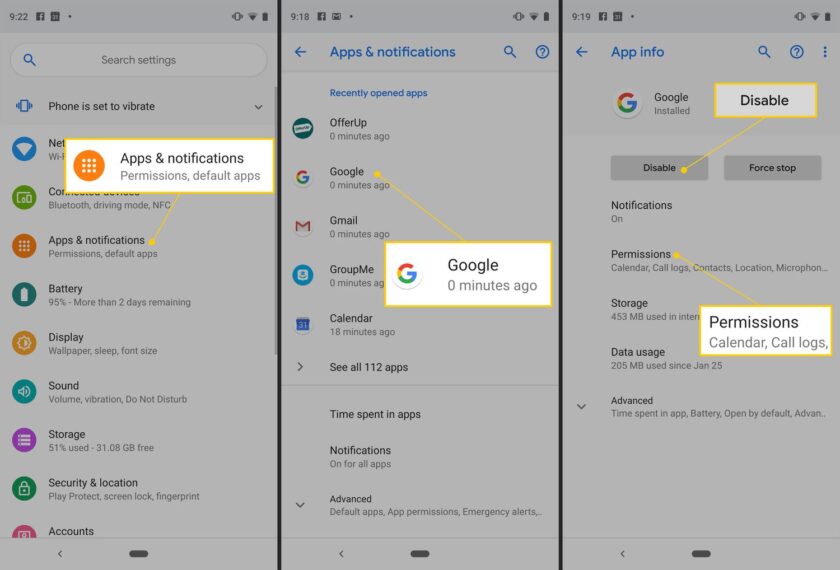
20. Use The Fingerprint Sensor On Your Device
A fingerprint sensor is now standard on most Android phones. Now, using the same will not affect your device’s performance. As a result, instead of pins and patterns, you should use them. As compared to pattern and PIN locks, fingerprint sensors can unlock your Android phone in roughly 0.5 seconds on average.
